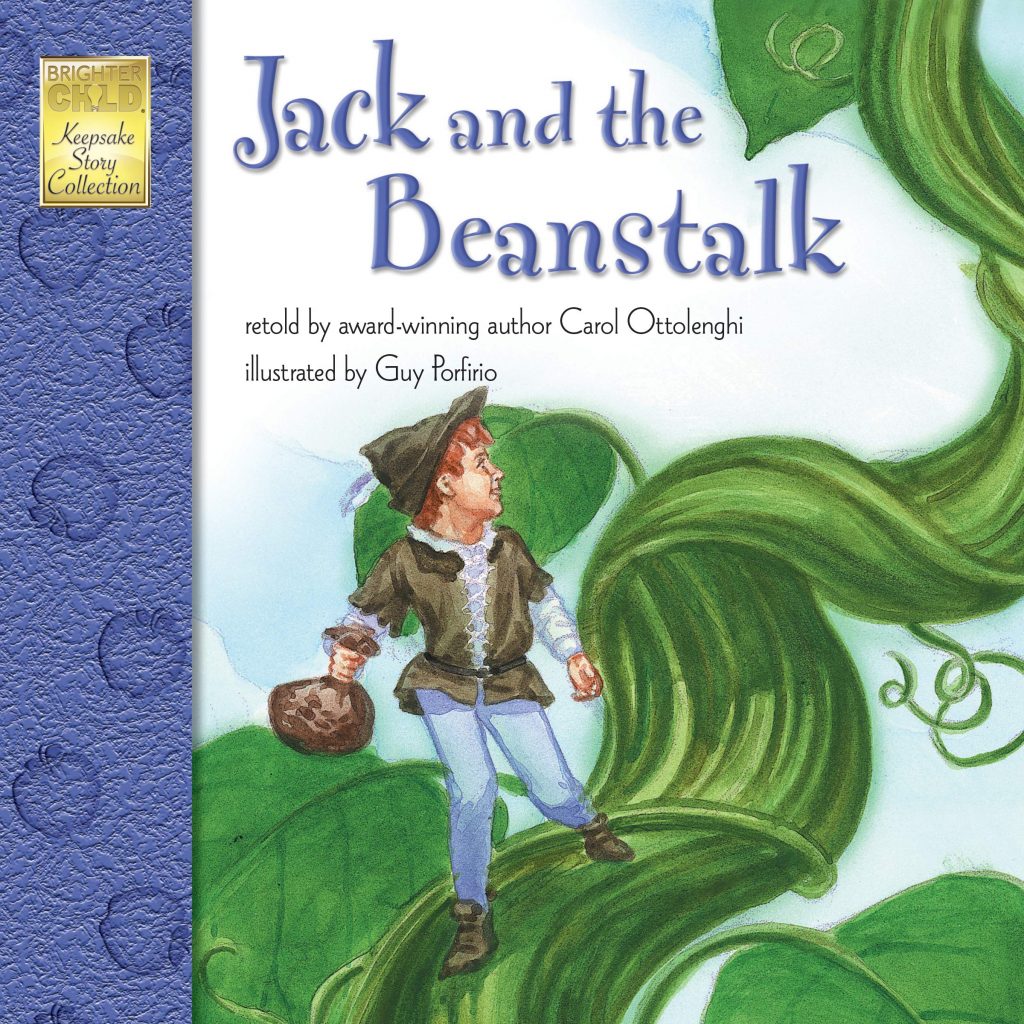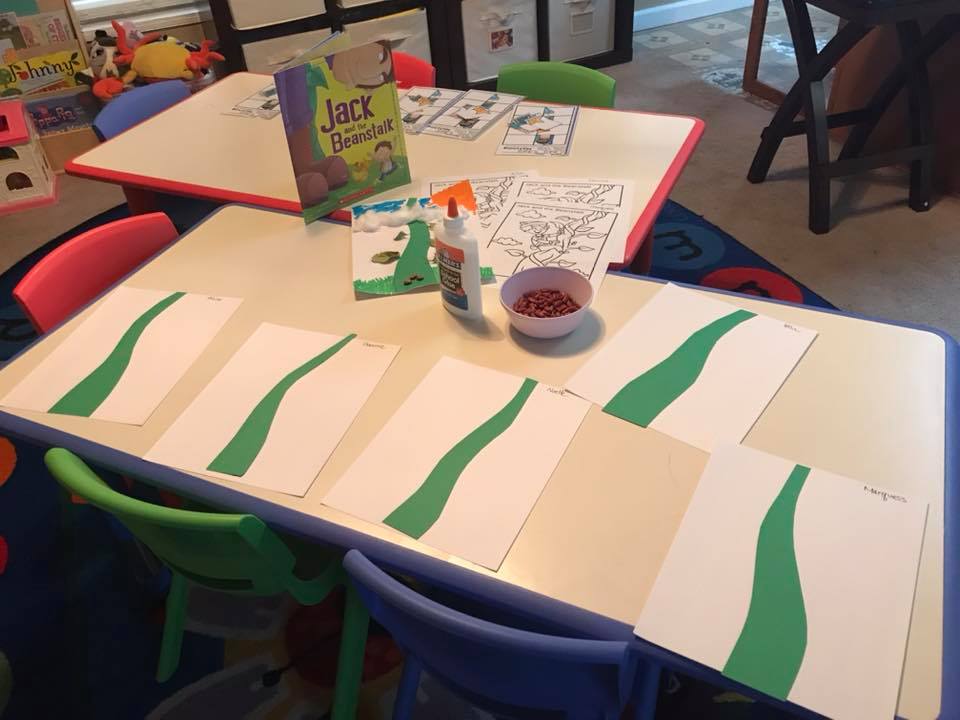Maria
Five Senses Song (by Jack Hartmann) and Worksheet
The song *Five Senses* by Jack Hartmann is a beautiful and engaging resource to introduce children to one of the most important topics in early science and English learning: the five senses. It is not only fun and catchy, but also highly educational, as it helps students remember the vocabulary in a natural and joyful way. Music has a special power in the classroom, and this song is a clear example of how rhythm, repetition, and movement can transform learning into an enjoyable experience.
The five senses are: sight, hearing, smell, taste, and touch. In the song, Jack Hartmann highlights each sense with a simple explanation and examples that are easy for young learners to understand. The lyrics guide children to connect the senses with their everyday life: eyes for seeing, ears for hearing, nose for smelling, tongue for tasting, and skin for touching. The song invites students to sing along and to move, which is essential at this age, because learning is much more effective when it involves the whole body.
One of the strengths of this song is that it is written in clear and simple English. For children who are learning English as a second language, it provides meaningful input that they can easily grasp and repeat. The melody supports memory, so the children are not only learning the words but also internalizing the concepts. Singing makes the vocabulary stick much faster than if it were just taught with flashcards or a textbook. In addition, the cheerful rhythm encourages participation, even from students who might normally be shy about speaking in English.
Another valuable aspect is that this song creates opportunities for follow-up activities in class. After listening and singing, teachers can prepare a worksheet that reinforces the ideas of the song. For example, the worksheet may include matching exercises, where students link each sense with the corresponding body part or with an object (like “eye – see a rainbow,” “nose – smell a flower”). It could also have simple drawing prompts, such as “Draw something you like to taste” or “Draw something you can hear.” These tasks allow children to personalize the content, making the learning more meaningful.
The song also connects naturally with hands-on experiences. After singing, teachers can set up small sensory stations in the classroom. At the “sight” station, children might look at colorful pictures or magnifying glasses. At the “hearing” station, they can listen to different sounds and guess what they are. At the “smell” station, they could smell safe items like fruit or spices. At the “taste” station, they might try a small piece of food, and at the “touch” station, they could feel different textures. These activities extend the song and show children that their five senses are part of everything they do.
In conclusion, Jack Hartmann’s *Five Senses* song is much more than just music. It is a creative teaching tool that combines language learning, science concepts, movement, and fun. It helps children recognize their senses, connect them with the world around them, and express their ideas in English. The song inspires not only singing but also curiosity, exploration, and joyful learning. It is a wonderful resource for the classroom and can easily be combined with worksheets, games, and projects to make the topic of the five senses memorable and enjoyable for all students.





